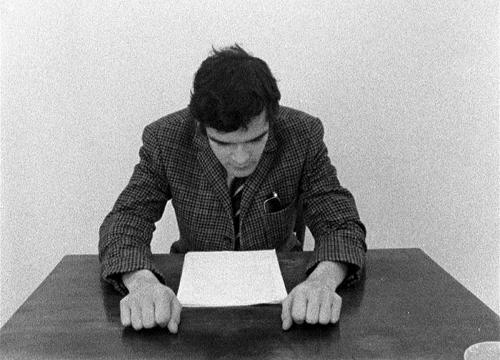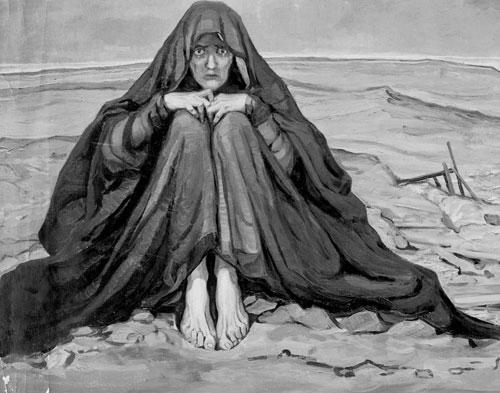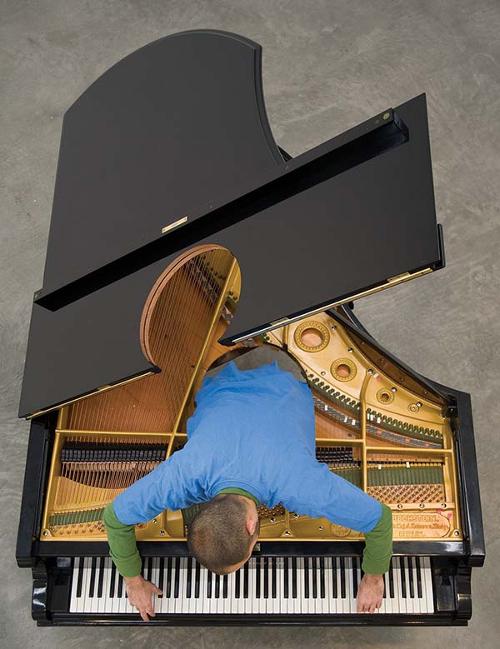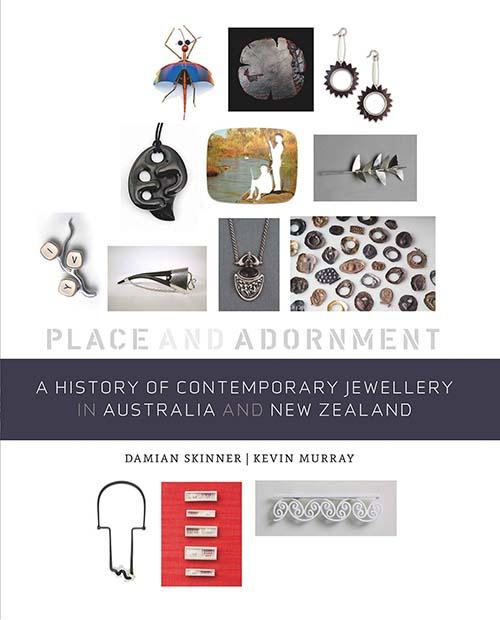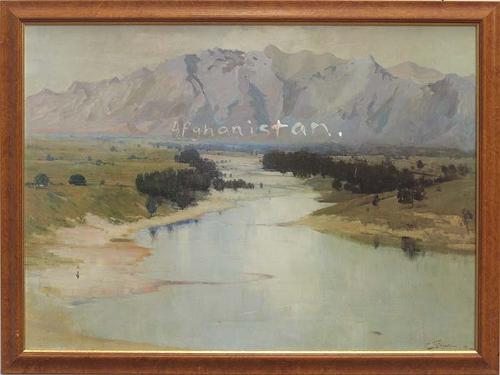Trench art: Sappers and shrapnel
In the literature on war art, trench art barely rates a mention. In fact, few people have even heard of the term. Coined during the First World War, trench art (derived from artisanat-de-tranchées) describes a heterogenous body of objects crafted from war-related material by servicemen and women, prisoners of war and even civilians. According to trench art scholar Nicholas J. Saunders, central to this loose definition is the spatial or temporal connection with armed conflict or its consequences. Trench art from the early twentieth century is contemporaneous with the material vanguard of modernism: the readymade, the found object and collage. It, too, espouses a material modernism, grounded in folk and artisanal practices, which in its battlefield origin, is largely at odds with the anti-war messages of the Dadaists. Saunders acknowledges the connection between these material manifestations of modernity, quoting Fernand Léger’s declaration that “it was in the trenches that I really seized the reality of objects”.

